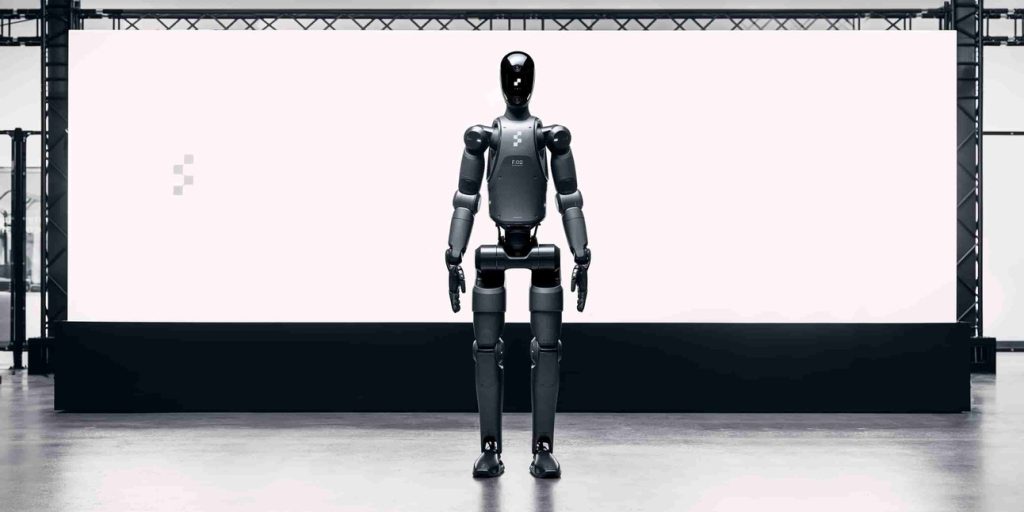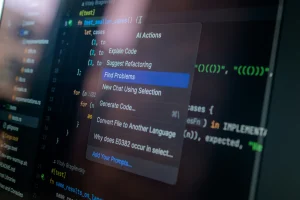The Dawn of Versatile Robotics

In an inspiring announcement at Nvidia’s GTC, Jensen Huang heralds the era of versatile robotics. The advent of the Groot N1 model marks a significant leap, intertwining advanced cognition with humanoid robotics. Innovations like this bring a wave of hope for the future.
This week has been groundbreaking for robotics, with MIT’s advancements in biohybrid robots and Nvidia’s new model setting the stage for what’s to come. These developments hold the promise of transforming industry standards. As technology advances, the possibilities seem endless, leaving us optimistic about the future of robotics.
Nvidia’s Groot N1: A New Chapter
Nvidia has unveiled Groot N1, a groundbreaking AI model for humanoid robots. This model, inspired by human cognition, features a dual-system architecture. It ingeniously combines slow-thinking perception with fast-acting physical execution. This breakthrough opens new horizons for humanoid robotic applications, demonstrating the rapid evolution of technology.
Figure AI is taking bold strides with BotQ, a high-volume factory set to produce 12,000 robots annually. This initiative promises to revolutionize humanoid manufacturing, with scalable infrastructure reaching 100,000 units in just a few years. The industry’s transformation is vividly unfolding before our eyes.
Robots in Motion: The Squirrel Robot
At UC Berkeley, researchers have crafted a squirrel-inspired robot capable of parkour. It can balance and hop onto narrow surfaces, imitating squirrel biomechanics. Such innovation could soon aid in challenging rescue missions and sweeping planetary explorations.
This one-legged marvel adjusts dynamically mid-air, ensuring precise landings on varied terrains. Its potential applications span from natural disaster rescues to daring space explorations. These robots bring a sprinkle of wildlife inspiration to advanced technology.
Europe’s New Contender: Neura Robotics
Germany’s Neura Robotics is stepping up with the 4NE-1 robot, equipped with adaptive sensor skin. It’s positioned to rival major players like the US and China. This robot, powered by Nvidia AI, can adeptly manage household and industrial tasks.
The anticipated launch in June 2025 sparks excitement across Europe. This move signifies a newfound determination to compete on the global robotics stage. The synergy of international AI collaborations is evident, promising cutting-edge advancements in the industry.
The future of robotics in Europe looks promising with 4NE-1 leading the charge. Its multifunctionality and adaptability herald a new era for robotic technology across the continent.
MIT’s Biohybrid Breakthrough
MIT engineers have broken new ground with their artificial muscle technology. Using a novel ‘stamping’ technique, they developed fibers that mimic the natural flexibility of human muscles.
This invention could revolutionize biohybrid robots, enhancing their ability to move naturally like animals. The potential applications range from medical prosthetics to underwater robotics, opening the door to transformative innovations.
By utilizing 3D printers, this stamping method is scalable and accessible. The implications for biodegradable, energy-efficient robots are profound, potentially reshaping industries reliant on rigid machinery.
Robotics in Action
The US Air Force’s ‘Venom’ robot is a testament to technological progress. Designed for hazardous environments, it provides real-time visuals, ensuring safe assessments without risking human lives.
Meanwhile, a Chinese robot surveys the depths of the Mariana Trench, showcasing its adaptability to extreme conditions. Its capacity to glide and swim under immense pressure exemplifies modern robotic resilience.
Increasing Efficiency with Apollo
Apollo, a humanoid robot by Apptronik, is undergoing trials at Mercedes-Benz factories. This initiative aims to boost operational efficiency by handling repetitive tasks.
With DeepMind’s AI in tow, Apollo smoothly navigates workstations. Human workers are thus freed to address more complex challenges. The potential productivity gains are substantial, hinting at broader industry impacts.
Apptronik’s collaboration signifies a shift towards integrating AI for refining factory operations. The landscape of manufacturing is set to change with robots like Apollo leading the way.
Cultural and Industrial Transformations
In India, temples are replacing real elephants with robotic versions, courtesy of PETA. This swap aims to curb animal cruelty while upholding tradition.
The 11-foot robotic elephant demonstrates technology’s role in cultural preservation. It moves gracefully, carrying out ceremonial duties without endangering animals or humans.
Such innovations not only address ethical concerns but also highlight robotics’ adaptability in diverse cultural contexts.
Market Movements and Investments
Nvidia’s collaboration with Disney and DeepMind on Newton signals a shift towards interactive experiences. Robotic movements in theme parks will become more lifelike, enhancing visitor experiences worldwide.
Tera AI steps into the spotlight with $7.8M funding for zero-shot visual navigation software. This technology aims to enhance everyday robotic navigation, marking significant advancements.
Stockholm’s Rerun aids robotics with a $17M seed round, boosting its open-source platform’s reach. Meanwhile, Anyware Robotics secures $12M to increase production of its AI-powered robot, Pixmo.
Such investments show growing confidence in robotics, driving momentum for future breakthroughs. These developments will likely shape the next generation of robotic solutions.
The Social Buzz
Robots are captivating audiences online. Videos of Unitree’s G1 and Boston Dynamics’ robots spark lively debates and fuel interest in technological showmanship.
Inspired by fictional depictions, Charles Diaz crafts a real-life TARS robot, captivating robotics enthusiasts. The online community eagerly engages with these inventive transformations.
Robotics strides forward, embodying innovation and potential. The future is bright, driven by relentless curiosity and creativity.





